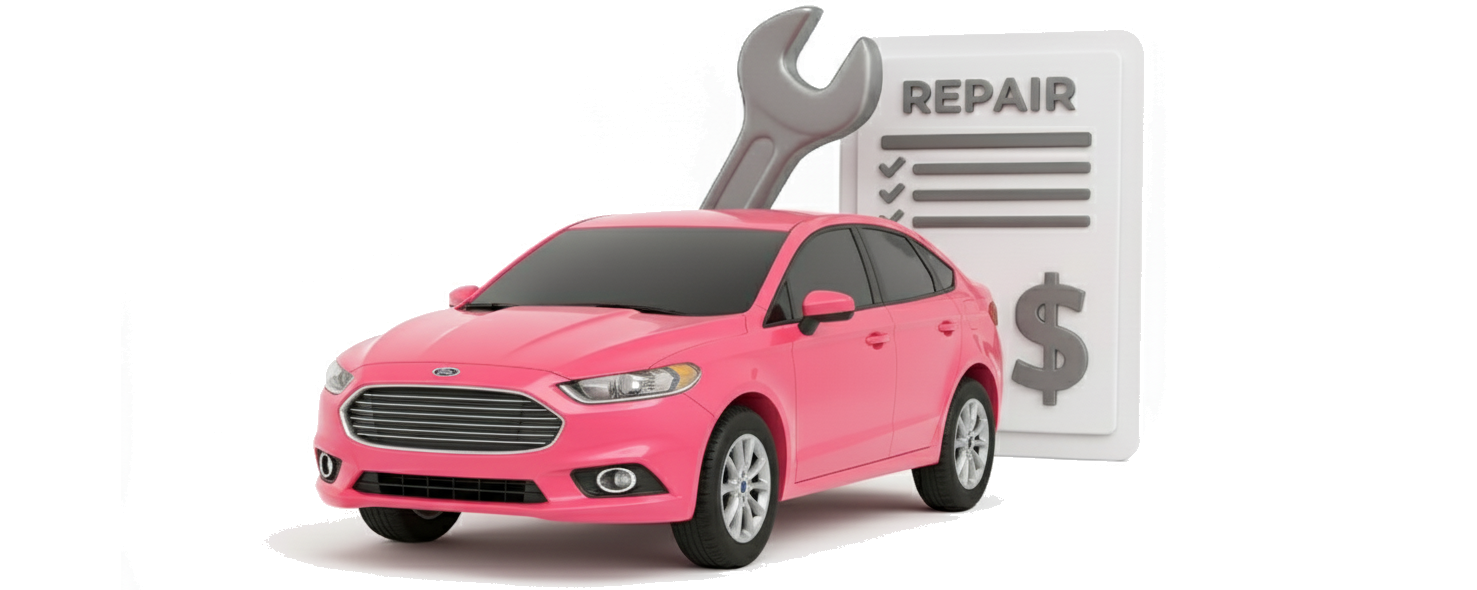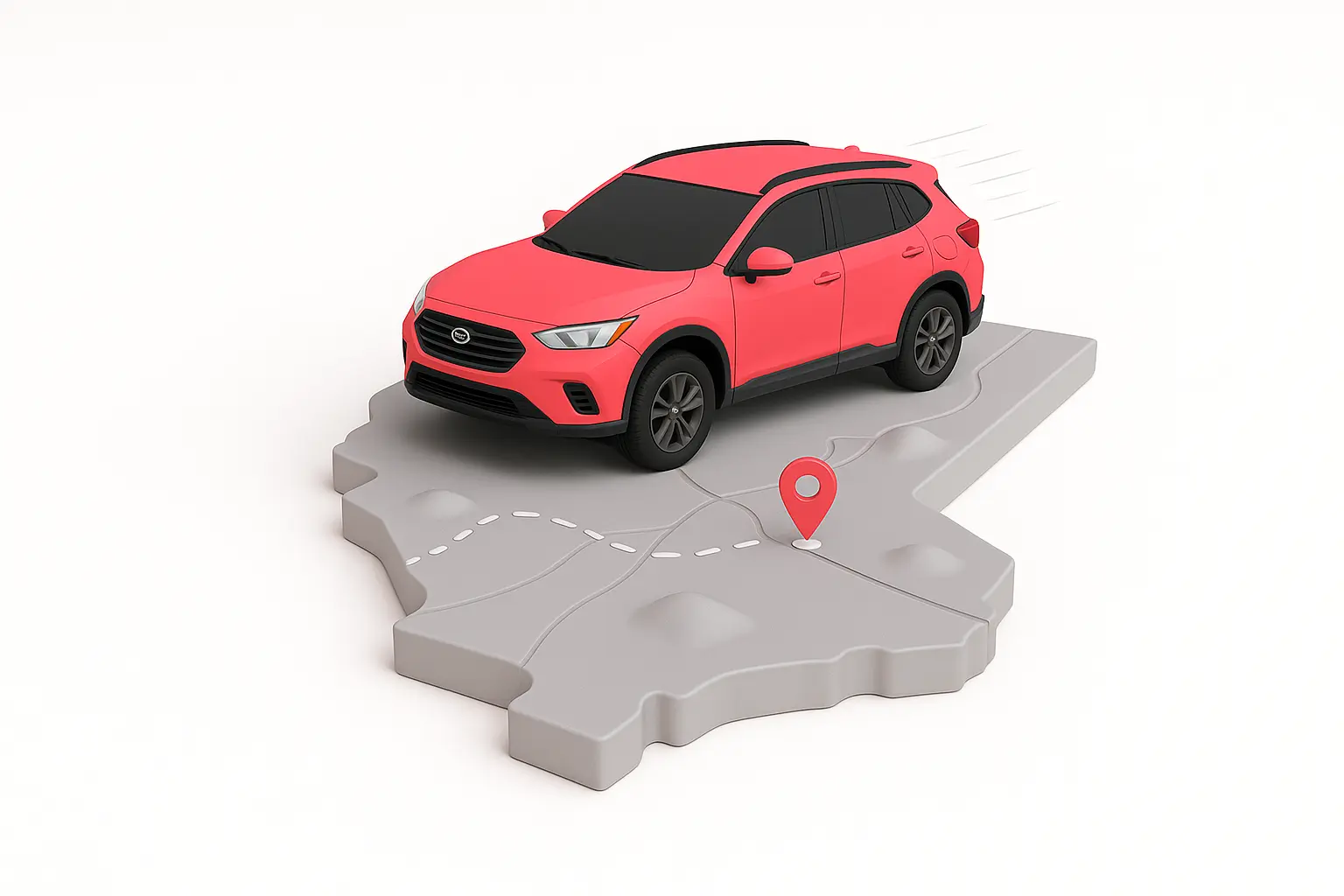Replacing your cabin air filter is one of those quietly important maintenance tasks that keeps your HVAC breathing freely and the car’s environment pleasant. The right timing and parts choice can save you cash and keep your A/C working at its best year-round. As you’re diagnosing and pricing out repairs, download the Jerry app to get insights into your situation and improve your repair experience.
Real customers Jerry helped
While pricing can vary based on different factors like location, parts used, and exact vehicle, Jerry uses real customer experiences to show what drivers are paying right now. Here are some examples of customers we’ve helped find their repairs at the right price.
Estimates are modeled based on real vehicle and location data; names have been changed. Actual prices will vary by shop, parts, and vehicle condition.
What is a cabin air filter?
The cabin air filter is the HVAC’s first line of defense. It sits in the air path that feeds your A/C and heater to trap contaminants before they reach the vents. Many modern filters use activated carbon to reduce odors and some fumes, but premium options add finer HEPA cabin filter media to capture tiny particles and allergens. Common locations include behind the glove box (most common), under the hood at the cowl or behind a lower dash panel. Typical replacement is every 12,000–15,000 miles or annually.
Pro tip: A dirty cabin filter won’t directly damage the A/C, but it makes the blower work harder, which over time can shorten blower motor life and slow defogging.
Signs you need a cabin air filter replacement
When your filter is overdue for a change, Jerry customers are seeing that the car usually shows cabin air filter symptoms in subtle ways. If you spot more than one of these, check the filter:
- Reduced airflow at the vents—even on high.
- Musty or stale odors—especially on fresh-air mode.
- Excess dust on the dash and vents.
- Louder blower noise or whistling (mis-seated filter).
- Slower defogging.
- Allergy flare-ups inside the car (recirc helps, but fresh air doesn’t).
- Visual inspection: gray/wavy media, debris, dampness or black streaks. If the filter is wet, suspect clogged drains or a leak and address that first.
Cost breakdown: Why the price varies
Several factors are influencing what Jerry customers pay, with each one pushing the total up or down in predictable ways:
Part quality and type (biggest swing):
The cabin air filter price itself ranges from $10 to $75. Basic paper filters are cheapest, while activated carbon cabin filters cost more and true HEPA-grade filters are priciest. Expect a $10–$40 difference from material choice—buy reputable brands.
Vehicle access (moderate impact):
Many filters sit behind the glove box and take 10–20 minutes. Others hide under the cowl or behind lower-dash panels, pushing labor to 30–45 minutes. Flat-rate anchors: glove box ~0.2–0.4 hr; under-cowl ~0.5–0.8 hr; lower dash (some EVs/luxury) ~0.5–0.7 hr.
Shop rate and location (moderate impact):
Independent shops often charge less than dealerships. Urban/coastal markets and luxury specialists trend higher. Labor for this job usually falls between $20 and $90.
Add-ons and extras (small impact):
Optional HVAC sanitizing, deodorizing sprays or housing cleaning adds $10–$50—helpful if odors persist after replacement.
Model patterns:
If you’re seeing quotes on the higher end ($150–$200), it’s usually a premium HEPA filter, tougher access and a high labor rate—common on some European models and newer luxury SUVs. Keep in mind that:
Honda/Toyota often use easy glove-box access
Many BMW 3/5-series and some Mercedes use dual under-cowl microfilters
Some VWs/Audi have delicate under-cowl seals
Tesla Model 3/Y use two filters behind the glove box with a Torx fastener.
Your action plan: How to save money
If you want the most value without compromising air quality, use these mechanic-approved moves:
Choose the right filter for your needs:
Basic paper suits most drivers. Activated carbon is the best value for odor/fume reduction with minimal airflow penalty, while HEPA helps severe allergies but can reduce airflow. Stick to known brands with consistent pleats and clean glue lines.
Time it with other services:
Combine with an oil change or brake inspection to lower effective labor. Use Jerry’s pricing tool to get ahead of these repair costs.
Watch the upsell:
In normal use, 12,000–15,000 miles or 12 months is typical. Inspect at 6 months in dust/wildfire areas, 9–12 months in heavy urban/idling and up to 18 months highway/clean suburbs with quality carbon media.
DIY replacement if access is easy:
Glove-box designs are often a 10-minute job. Under-cowl or tight lower-dash panels (especially near a knee airbag) are better left to a pro.
Fix the root cause of odors:
If a new filter doesn’t cure mustiness, follow this quick triage: 1) evaporator foam cleaning 2) confirm evaporator/cowl drains aren’t clogged 3) remove debris at the cowl 4) consider ozone only as a last resort.
Quick verification checklist:
Ask to see the old filter and new part box, confirm the housing was vacuumed out, ensure both filters were replaced on dual-filter cars and check that the new filter sits flat and seals with no whistle and improved airflow.
DIY vs. Pro: Can I do this myself?
Many cabin air filters are entirely DIY-friendly, especially glove-box-access designs. Under-hood cowl filters can be trickier due to tight clips, brittle plastics, water-channel seals or proximity to a knee airbag. If you’re comfortable with gentle trim work and following arrows for airflow, Jerry customers can DIY and save $20–$80.
When DIY makes sense: Glove-box access, you’re handy and single-filter designs.
When pro service makes sense: Tight access, dual filters (BMW/Tesla), brittle trim and odors needing evaporator service.
Pro tip: Note airflow or “UP” orientation, vacuum leaves/debris from the housing and reseat cowl seals. If the new filter doesn’t sit flush, reinsert—don’t force it or you’ll cause a whistle.

Related repairs
Cabin filters often get serviced alongside other HVAC and under-hood items. Common pairings that Jerry customers are bundling include:
- Engine air filter: Different filter that protects the engine—not the cabin. If both are due, replacing them together saves a trip.
- A/C performance check: Verifies refrigerant pressures and overall system health if cooling feels weak.
- Evaporator cleaning or HVAC deodorizing: Targets persistent odors the filter alone can’t solve.
- Blower motor or resistor replacement: If airflow is weak even with a fresh filter, these parts may be tired.
- Wiper cowl cleaning and drain service: Keeps leaves and water from clogging the cowl on under-hood filter designs.
Join other customers on the Jerry app to compare prices and find the right shop for your repairs.
Download the Jerry app to compare quotes from shops near you in minutes and keep your cabin air fresh year-round.
What our customers are asking
-
How often should I replace my cabin air filter?
-
Will a new cabin filter make my A/C colder?
-
Can I drive without one?
-
Is a HEPA filter worth it?
-
Why does my car still smell after replacement?
-
Do EVs and hybrids have cabin filters?
-
Can a dirty cabin filter harm the blower motor?
-
What’s the difference between a cabin air filter and an engine air filter?

Spencer Clayton is a mechanic, writer and fabricator who has hands that know their way around engines and a passion for storytelling. He’s diagnosed complex faults, built high performance engines and custom fabricated everything from fine detail parts to entire chassis while sharing how things work and why they matter. His background in everything from dealership technician work to building high performance cars spans a large breadth of experience, and he is driven by a love of all things automotive and a desire to share knowledge.

Steve Kaleff began working on cars at the very young age of nine years old, when his dad actually let him make fixes on the family car. Fast forward to the beginning of a professional career working at independent repair shops and then transitioning to new car dealerships. His experience was with Mercedes-Benz, where Steve was a technician for ten years, four of those years solving problems that no one could or wanted to fix. He moved up to shop foreman and then service manager for 15 years. There have been tremendous changes in automotive technology since Steve started his professional career, so here’s looking forward to an electric future!

Nick Wilson is an editor, writer, and instructor across various subjects. His past experience includes writing and editorial projects in technical, popular, and academic settings, and he has taught humanities courses to countless students in the college classroom. In his free time, he pursues academic research, works on his own writing projects, and enjoys the ordered chaos of life with his wife and kids.










